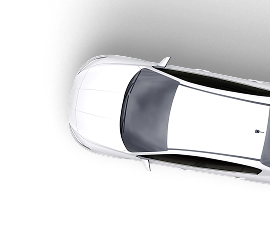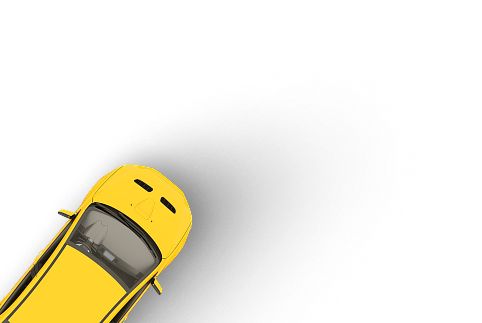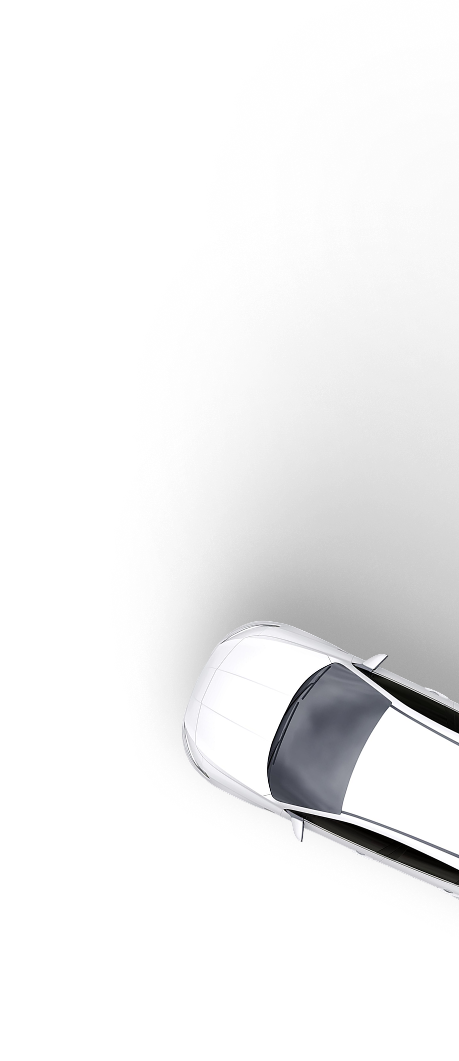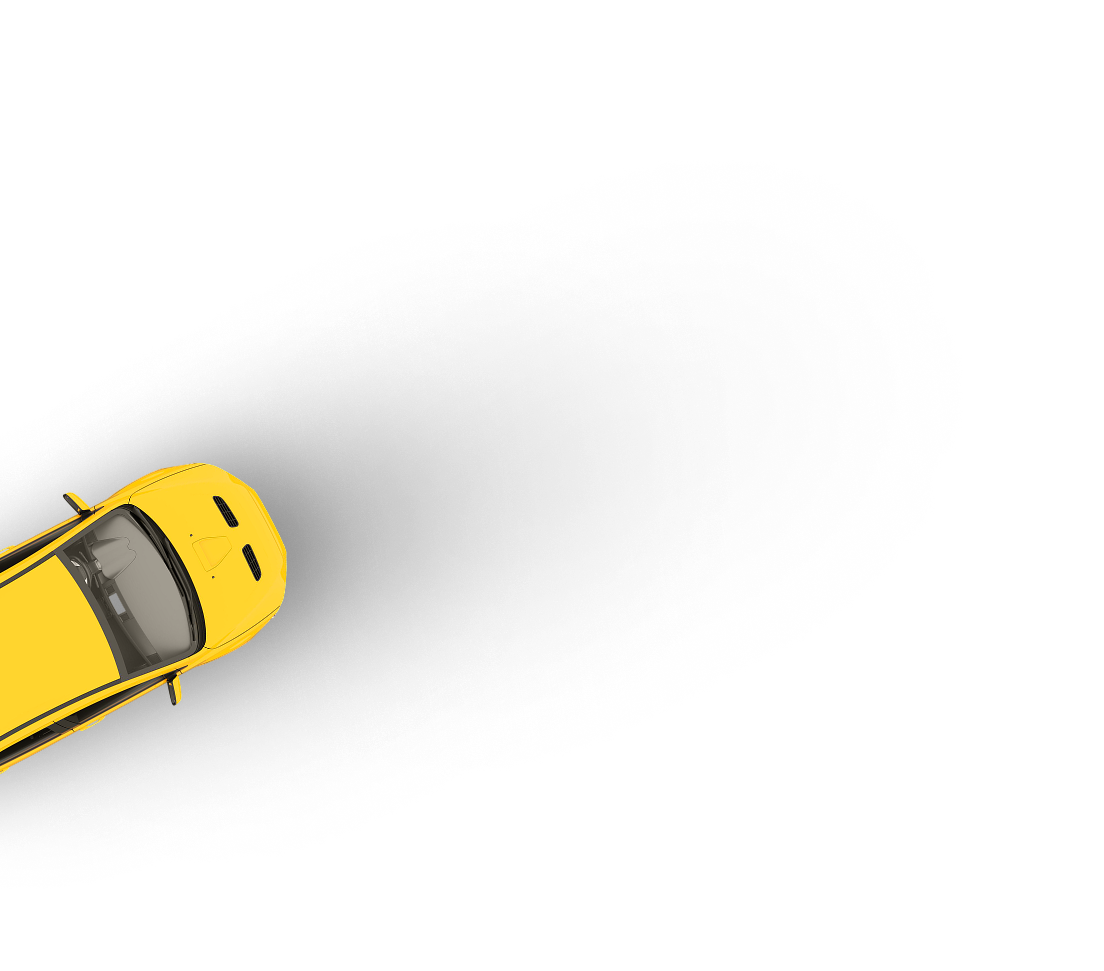Trade to trade car marketplace


Trade-only marketplace
Flexible selling options
Maximise your profits
Thinking of buying a Cat S car? These structurally written-off vehicles can offer big savings, but they come with serious risks. Learn what Cat S status actually means, how to spot red flags and whether the savings are worth the risks when it comes to safety, resale and insurance in this comprehensive guide.
Last updated: 5th December, 2025

Listen to this story
If you’ve come across a surprisingly cheap used car with “Cat S” on its history, you’re probably wondering what the catch is.
Category S (short for “Structural”) means the car was written off by an insurer after sustaining damage to its structural frame, but has since been repaired and put back on the road.
So, is it a clever bargain or a risky bet?
This guide breaks down what Cat S actually means, the risks you need to be aware of and how to decide whether buying one is the right move for you.
A Cat S car is a vehicle that’s been written off by an insurance company due to structural damage. The “S” stands for “Structural”, meaning the damage affected key parts of the car’s frame (such as the chassis or crumple zones).
Technically, Cat S cars can be repaired and put back on the road, but they must be re-registered with the DVLA before being driven again. Unlike Cat A or B cars (which are too damaged to return to the road), a Cat S write-off could still be roadworthy if it’s properly repaired.
| Write-off categories in the UK | ||||
|---|---|---|---|---|
| Category | Meaning | Damage type | Can be repaired? | Can return to road? |
| Cat A | Scrap only | Severe structural and fire damage | No | No; must be crushed |
| Cat B | Break for parts | Major structural damage | No; only parts can be salvaged | No; shell must be destroyed |
| Cat S | Structural | Damage to chassis/frame | Yes; with professional repair | Yes; once re-registered and MOT’d |
| Cat N | Non-structural | Cosmetic or electrical damage (not the structure) | Yes | Yes; with repairs and MOT |
At first glance, a Cat S label might sound like a total deal-breaker. But many buyers see it as an opportunity. The important thing to understand is that a Cat S car was written off because it wasn’t worth repairing for the insurer, not necessarily because it was totally beyond repair.
That decision could be based on a number of factors:
The vehicle is clearly not roadworthy right after the accident, but it can be repaired and made safe again. Once that happens, it can legally go back on the road. However, even after full repairs, the car will always carry the Cat S label on its record, which raises doubts about the quality of repairs.
So, why do some buyers take the chance? The main reason to buy a Cat S car is cost savings. You’ll pay 20-40% less than you would for identical models with a clean history because of the car’s salvage history.
It’s not illegal to drive a Cat S car once it’s been made roadworthy, but the structural damage means it’s not like buying a regular used car. You’ll need to do more due diligence to make sure the repairs were done to a high standard. There is a reason they sell for less than market price, after all.
The biggest risk is structural integrity. If the repairs weren’t done to a professional standard, the car may not protect you properly in another accident. Or, a parts failure from shoddy repair work could get you into one.
There’s no legal requirement for Cat S cars to undergo independent structural inspections after repair. So unless you’re given photos, receipts and an inspection report as evidence, you’re taking someone’s word that the work was done right.
Cat S status sticks with the car for life, and it’s a red flag for most buyers. Even if the car drives perfectly, many will walk away the moment they see “Cat S” on the logbook. That means longer selling times, lower offers and limited interest on platforms like Auto Trader or Facebook Marketplace.
Some insurers won’t cover Cat S cars at all because of the added risk. Others will, but at a higher premium.
That’s because they see the vehicle as a higher risk, both in terms of potential failure and difficulty assessing value. You may also run into trouble getting a payout if your insurer questions the repair quality after a future claim.
What looks like a bargain can quickly become a money pit. You might uncover repair shortcuts, lingering mechanical issues, or poor alignment once you start driving. These are things you’ll have to fix on your own. And if the repair work was done without manufacturer-approved parts or processes, you could void any remaining warranty and create long-term reliability issues.
Award-winning CEO driving growth and social impact across automotive, recycling, and technology-led enterprise platforms.
We see a lot of buyers focus on the discount without thinking long-term. A Cat S car can look like a steal, but if it’s poorly repaired or has zero documentation, you’re not saving money. And worse, you’re inheriting someone else’s problem. Always value the repair history more than the price tag.
Despite the risks, there are valid reasons why buyers go for Cat S vehicles—especially in a tight or overpriced market.
The most obvious advantage is the price. On average, Cat S cars can sell for 20-40% less than similar models with a clean history. It’s a fantastic way to save money if you’re strapped for cash or the current second-hand market is expensive.


If the car has been properly repaired, you might be getting a well-equipped vehicle in great condition for thousands less. And with the steep discount, that puts better makes, newer models, or lower mileage vehicles within reach for buyers who might otherwise be priced out.
If you’re mechanically experienced or know a trustworthy mechanic, you can vet the repairs yourself or even take on light work if the car needs further attention. This gives you more control over the outcome and helps ensure the car is safe, making it a less risky buy.
If you only need a car for a couple of years, a Cat S vehicle might make sense. The lower upfront cost offsets the weaker resale value, especially if you plan to drive it into the ground rather than flip it later. And you’re probably less worried about the potential long-term issues.
If you're thinking about buying a Cat S car, you need to do more homework than usual. Since the car’s been structurally damaged and repaired, you can’t just take it at face value.
This is something you can do right now, for free. Look for any unusual advisories or failures related to suspension, steering, alignment, or bodywork. A spotty MOT history suggests the car wasn’t fully sorted before or after the accident.
Unlike the free checks you can do on gov.uk, an HPI check reveals hidden issues that don’t show up on basic records. This includes:
It’s worth paying for because these hidden details can affect your legal ownership, your safety and your ability to resell the car later. If there’s outstanding finance, you don’t fully own the car. If it was stolen or badly repaired, you could be putting yourself at risk. And if the mileage doesn’t match up, you might be overpaying for a car that’s been clocked.
When you go to see the car in person, there are quite a few things you’ll want to check inside, around and underneath the car. We’ve prepared a quick checklist you can use when you arrive to take that first look.
| What to check | What to look for |
|---|---|
| Panel gaps and body alignment | Uneven spacing between panels, misaligned doors or boot are all signs of poor repair work |
| Paint finish | Inconsistent colour, overspray or patchy areas that could indicate rushed touch-ups |
| Weld marks and seams | Visible welds, ripples or poor finishes under the bonnet or in the boot area |
| Chassis and frame | Any visible cracks, bends or rust near structural points (use a torch underneath) |
| Tyre wear | Uneven tyre wear can indicate alignment issues or suspension problems |
| Suspension and handling | Car pulls to one side or feels unstable over bumps or corners |
| Boot and bonnet operation | Difficulty opening or closing suggest twisted frame or bodywork misalignment |
| Warning lights on dash | Investigate alerts after ignition before buying |
Always get the car inspected by an independent mechanic or vehicle assessor, ideally someone with experience in crash repair work. They’ll check the quality of the repairs, the alignment and any signs of hidden damage. You can also request a structural report or a vehicle engineer's certificate if the seller has one.
Reputable sellers should be able to show:
No paperwork? Walk away. It’s too risky without proof the job was done properly.
On your test drive, listen for unusual noises, pulling to one side, or anything that feels “off”. Pay close attention to how it handles corners and bumps as well, because that usually points to poor structural repairs.
Financing a Cat S car isn’t impossible, but it’s definitely harder.
Most mainstream lenders avoid salvage-title vehicles altogether because they see them as higher risk and harder to value accurately. If finance is available, it usually comes through specialist lenders who deal with non-standard vehicles, and they’ll charge higher interest rates to offset the risk.
In most cases, the cleanest option is to pay in cash. You’re already getting a steep discount on the vehicle, and that way, you avoid the financing hassle and start with full ownership from day one.
Insuring a Cat S car is more doable by a huge margin, but it’s not always straightforward. Some insurers will refuse to quote. Others will insure it but with higher premiums, because they consider the car harder to assess and more expensive to settle if something goes wrong.
When you’re looking for insurance cover, make sure to get quotes before you buy the car. Disclose the Cat S status up front (if you don’t, they might void your policy) and shop around; some insurers are more flexible with salvage vehicles than others.
Maybe it goes without saying, but expect to pay more than you would for the same model with a clean history.
If, after reading up to this point, you’re going to buy a Cat S vehicle, do it with both eyes open. To help you, here are a few of our insider-level tips that’ll help you get the most out of your purchase:
Avoid private sellers unless they’ve got an impeccable paper trail. Go to a dealer that actually specialises in Cat S or salvage cars. They tend to have better documentation, a reputation to protect and access to trade-only repair teams.
The most convenient way to do this is through our platform. We built Trader.co.uk to be a marketplace for Cat S buyers to find trusted sellers. You get the added security of knowing each seller is legit (something you won’t find on Facebook Marketplace), but you don’t even have to get out of bed to find it.
Good sellers will have photos of the car before it was fixed. You want to see where it was damaged and how bad it really was. If they won’t show them, assume the worst. If the chassis legs were crumpled, for example, even the best repair might not restore it to factory safety standards.
Here’s a pro move: cross-reference the write-off date with the MOT history. If the MOT happened shortly after the repairs, see if it passed clean or had advisories that hint at leftover issues. If there's a big time gap with no MOT or usage, ask why. Someone sat on the car, possibly because it was hard to fix or hard to sell.
They’re £20 online and make you look like you know what you're doing. A paint depth gauge will tell you where panels have been resprayed or filled. If one side of the car reads way higher than the rest, that’s where it took the hit. No guesswork needed.
You already know Cat S cars are discounted. But if the price is way under market even for Cat S, there’s probably a reason. Maybe the airbag didn’t deploy properly. Maybe the engine took damage in the crash. Or maybe it wasn’t repaired at all, just cosmetically patched up. Ask yourself: what corners were cut to get it back on the road this cheaply?
Even though “too” cheap is a red flag, you don’t want to assume any kind of risk unless you’re saving some serious cash. If it’s only 10-15% less than a second-hand car with a clean title, it’s not really worth it to save a few hundred quid.
A Cat S car is worth it if (and only if) you know what you're doing and you're willing to treat the buying process like an investigation, not a quick deal.
If you're chasing a discount and the car has documented, high-quality repairs, then yes, you’re more than likely getting a solid vehicle for a lot less than market value. But it’s not a shortcut for first-time buyers or anyone who just wants something “cheap and cheerful”.
Buying a Cat S car isn’t for everyone, and that’s exactly the point. These cars sit in a grey area between risk and reward.
If you know what you’re doing, ask the right questions and don’t mind the stigma, you can walk away with a solid vehicle at a serious discount. But if you’re not confident inspecting repairs, dealing with limited finance options or explaining the Cat S tag when you sell it later, you’re better off sticking to a clean-title car.
Yes, as long as the car has been properly repaired, re-registered with the DVLA and passed its MOT, it’s completely legal to drive on UK roads. Just remember that after a Cat S write-off, the car is no longer roadworthy until those things are sorted. Driving it before that would be illegal (and potentially dangerous).
Possibly, but don’t assume it’s a guarantee. The MOT only checks for basic roadworthiness and safety, not the quality of the structural repairs.
So yes, a poorly repaired Cat S car might technically pass an MOT, but that doesn’t mean it’s safe in a crash. That’s why you can’t rely on the MOT alone when assessing one; you need deeper inspection.
Nope. Once a car is declared Cat S, it’s on the record forever. Even if it’s been rebuilt better than new, the salvage title stays with the car for life. It’ll show up on every HPI check and logbook. You can’t “clear” it and anyone who claims they’ve removed Cat S status is either misinformed or lying.
Insuring a Cat S car isn't hard per se, but your options will be a bit more limited. Some mainstream insurers won’t touch Cat S cars. Others will, but they might charge more or ask for extra documentation.
That said, you can still compare quotes online like you would for any other car. Just be sure to declare the Cat S status upfront.
Not really. They’re already discounted heavily compared to similar clean-title cars, so there’s not much value left to lose, but they also won’t gain any either.
That said, depreciation depends on the car itself, demand in the market and how transparent you are when it’s time to resell. Expect it to be harder to sell and to fetch less, no matter how well it runs.
Not necessarily, Cat S and Cat N cars are just bad in different ways.
Cat S means the structural frame was damaged, which could compromise crash safety if not repaired perfectly. That’s a bigger red flag on paper.
But Cat N? That’s “non-structural”, which could have dodgy electricals, bent suspension, or hidden mechanical issues that are just as dangerous if missed. Some of the worst buys out there are poorly inspected Cat N cars.

